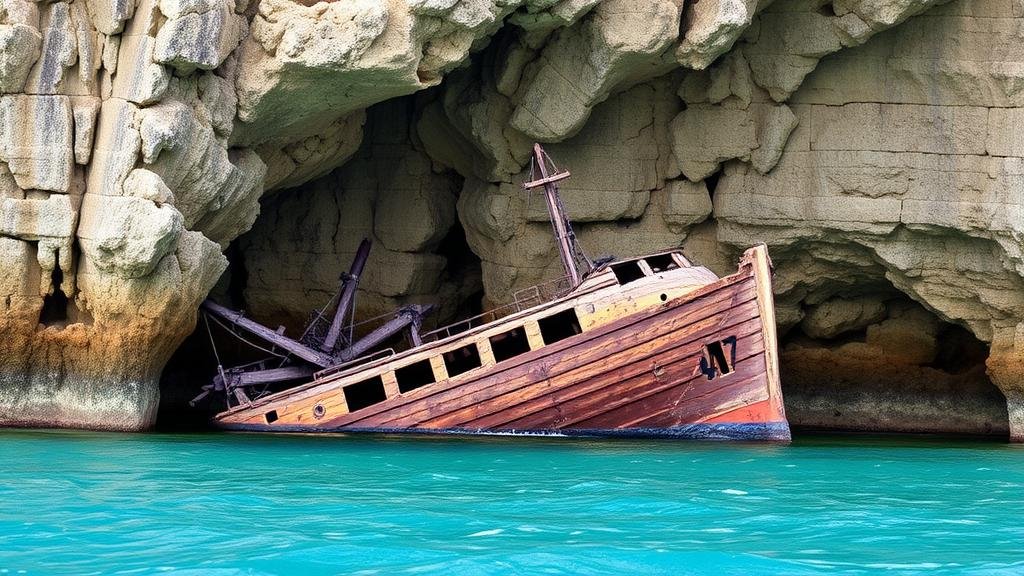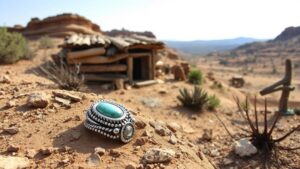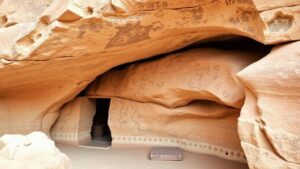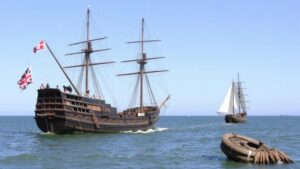Spotting Natural Rock Formations That Hide Shipwreck Relics
Spotting Natural Rock Formations That Hide Shipwreck Relics
The oceans depths are a treasure trove of shipwrecks, historic artifacts, and natural wonders waiting to be discovered. Among these are natural rock formations that often obscure or protect these valuable relics from human eyes and the elements. This article provides an in-depth exploration of how to identify these rock formations and the intricacies involved in searching for shipwrecks within them.
Understanding Natural Rock Formations
Natural rock formations are structures made by geological processes that can include erosion, sedimentation, and volcanic activity. e formations can vary widely in shape, size, and composition, making them significant markers for marine explorers. They can range from underwater canyons to rocky outcrops just below the surface, each providing unique hiding spots for shipwrecks.
Types of Rock Formations Commonly Found Underwater
Different geological processes give rise to various types of underwater rock formations. Below are some of the most relevant for locating shipwrecks:
- Coral Reefs: Often vibrant ecosystems, coral reefs grow from the skeletons of tiny marine organisms. Shipwrecks can become encrusted in these reefs or lie nearby, protected from the open sea.
- Underwater Canyons: Formed by erosion and sediment processes, canyons often contain shipwrecks that have slid into them over time, creating a historical record of maritime activity.
- Rocky Outcrops: These hard surfaces can be a resting place for vessels that sank during storms, as they are less likely to shift than surrounding sand or mud.
- Submerged Felsic Rocks: Comprised of lighter-colored minerals, these formations can indicate areas where shipwrecks might have become trapped in rocky shelters.
Techniques for Spotting Rock Formations
Modern techniques for detecting rock formations often involve a combination of traditional and cutting-edge technologies. Some of the most effective methods include:
- Sonar Mapping: Sonar systems create detailed maps of the seafloor. Side-scan sonar, in particular, is invaluable for detecting anomalies that could indicate submerged rock formations or shipwrecks.
- Remote Operated Vehicles (ROVs): ROVs equipped with cameras allow researchers to explore these underwater terrains live, identifying rock formations and potential wrecks in real-time.
- Bathymetric Surveys: These surveys measure underwater depth and provide insights into seafloor composition, helping explorers to understand the structure of areas of interest.
Case Studies of Successful Discoveries
Numerous successful expeditions have uncovered shipwrecks hidden by natural rock formations. Some notable examples include:
- The Titanic: Although not primarily obscured by rocks, the Titanic lies in an area with rocky seabed conditions. Discoveries around it have been driven by the understanding of the local geology.
- The Andrea Doria: This famous shipwreck is located among rocky outcrops off the coast of New Jersey. Explorers have relied on sonar mapping to locate and navigate its surrounding formations.
- The USS Arizona: At Pearl Harbor, the geological features and submerged rocks played a role in the preservation of artifacts within its wreckage.
Implications for Preservation and Exploration
Understanding and locating natural rock formations that conceal shipwrecks is critical for both the exploration of underwater archaeology and the preservation of maritime heritage. Successfully locating these wrecks leads to better safeguarding measures, ensuring these historical sites can be managed responsibly.
Challenges and Considerations
While exploring for shipwrecks, several challenges can arise, including:
- Environmental Factors: Changing tides, storms, and water currents can hinder exploration efforts and damage sensitive archaeological sites.
- Legal Issues: Certain waters may have restrictions or regulations regarding the exploration and recovery of shipwrecks, necessitating adherence to local laws.
- Technical Difficulties: Using advanced technology, such as sonar and ROVs, requires training and expertise to interpret results accurately, which can be a barrier to some researchers.
Conclusion
Spotting natural rock formations that hide shipwreck relics is a nuanced skill that combines geological understanding, technological expertise, and historical knowledge. As technology continues to advance, the ability to map and explore these underwater environments will only improve, leading to an even greater understanding of our maritime history. By recognizing the significance of these formations, explorers can enhance their chances of uncovering hidden shipwrecks, preserving our shared heritage for future generations.
Actionable Takeaways
- Invest in sonar mapping technology to accurately assess underwater formations.
- Gain familiarity with local geology to better understand potential hiding spots for wrecks.
- Stay informed about legal regulations pertaining to underwater exploration in your area.
- Consider partnerships with universities or research institutions to enhance exploration efforts.



